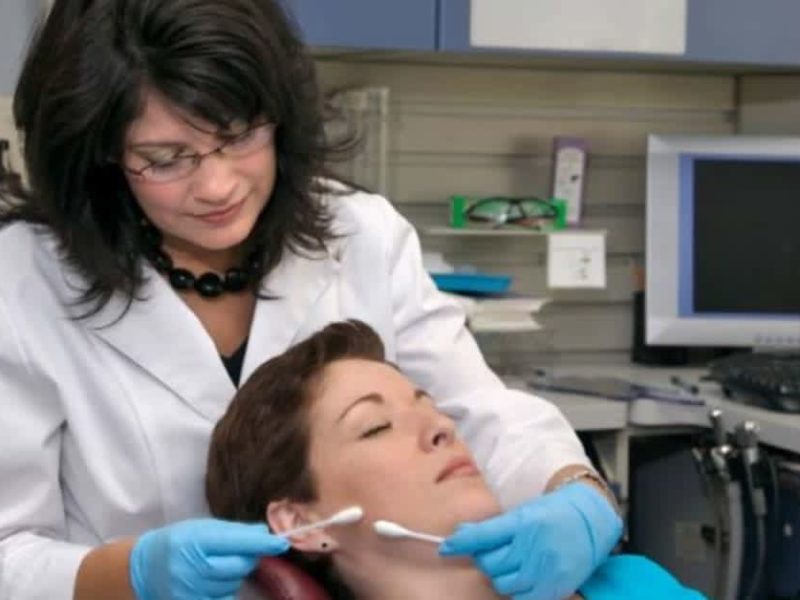How to Break Male Nurse Stigma: An Updated and Proven Guide for Healthcare Professionals (2025)
Male nurses accounted for only 10% of registered nurses in 2013, revealing significant stigma in healthcare, despite nursing initially being a gender-neutral profession. Though male representation increased from 2% in 1960 to approximately 13% by 2025, negative stereotypes about male nurses’ empathy, competence, and suitability persist. Older patients frequently mistake male nurses for doctors, highlighting ongoing misconceptions.
These deep-seated stereotypes discourage qualified men from pursuing nursing, even though nurse practitioners regularly earn above $120,000 annually, with projected job growth exceeding 26% by 2035. Addressing these barriers requires immediate and informed action. This comprehensive guide offers actionable strategies to eliminate stigma, foster inclusivity, and elevate male nurses in healthcare.

Understanding the Historical Context of Male Nurses
Historically, nursing was predominantly a male profession. The world’s first nursing school, established in India around 250 BC, admitted only men. Men have provided care throughout recorded history, particularly within military and religious contexts:
- The Parabolani Brotherhood cared for plague victims in 300 AD.
- Knights Hospitalers and Teutonic Knights provided nursing during the Middle Ages.
- St. Camillus pioneered field ambulances in the 16th century.
However, the late 19th and early 20th centuries witnessed a shift to female dominance. By 1901, men faced exclusion from military nursing, and by the mid-20th century, most nursing schools had gender restrictions.
Current Statistics and Trends
As of 2025, male nurses represent about 13% of the nursing workforce, with substantial representation (46%) in specialized roles like nurse anesthetists. Approximately 14% of current nursing students are male, driven by shifting gender norms and recognition of nursing’s professional and financial stability.
Common Male Nurse Stereotypes to Overcome
Male nurses continue facing numerous stereotypes. A recent survey indicated 75% of male nurses identify stereotypes as their main challenge. Common misconceptions include:
- Being labeled “failed doctors” or less ambitious.
- Questioning their compassion or nurturing abilities.
- Assumptions regarding their sexual orientation.
Patients’ perceptions also remain challenging, with approximately 68% neutral but still experiencing scenarios where:
- Patients refuse male nurses based on gender.
- Patients question their emotional care capabilities.
- They are mistaken for doctors.
Workplace dynamics further complicate professional relationships. Many male nurses experience role strain, frequently assigned to high-intensity units like emergency or psychiatric care. Additionally, gender-based assignments still exist in certain specialties, particularly obstetrics.
Practical Strategies for Male Healthcare Professionals
Building Patient Trust and Rapport
Effective communication remains the cornerstone of patient trust. Research indicates over 90% of patients ultimately have no gender preference once trust is established. Male nurses can achieve this by:
- Clearly introducing themselves and defining their nursing role.
- Actively listening, maintaining eye contact, and engaging empathetically.
- Using clear, non-medical language tailored to the patient’s understanding.
- Demonstrating cultural sensitivity and responsiveness.
Navigating Gender-Sensitive Situations
Gender-sensitive care demands heightened awareness and responsiveness to patient needs. Successful approaches include:
- Encouraging open dialogue where patients feel safe expressing concerns.
- Documenting clearly and maintaining transparent communication with interdisciplinary teams.
- Respecting patient preferences without compromising professional integrity.
Developing Professional Confidence
High professional confidence positively impacts patient care. Strategies for cultivating professional self-confidence include:
- Pursuing continual education, certifications, and specialized training.
- Engaging in mentorship programs tailored specifically for male nurses.
- Regularly practicing new skills to reinforce expertise.
- Developing supportive professional networks within healthcare organizations.
Creating Systemic Change in Healthcare
Meaningful change requires action at institutional levels. Healthcare organizations must commit to diversity and inclusivity through proactive policies:
Advocating for Inclusive Policies
Approximately 78% of healthcare institutions now report having diversity strategies, though execution remains inconsistent. Effective policies must:
- Ensure equal employment and advancement opportunities regardless of gender.
- Establish flexible work arrangements supporting all staff.
- Provide multilingual patient resources and culturally competent care training.
- Promote equitable hiring practices emphasizing qualifications and competencies.
Building Support Networks
Organizations like the American Assembly for Men in Nursing (AAMN) significantly impact male nurses by providing access to:
- Professional development, conferences, and workshops.
- Networking opportunities for career advancement.
- Specialized training and certification programs.
- Resources tailored explicitly to address gender-specific challenges.
Mentorship Opportunities
Successful mentorship programs, like the MENtorship initiative at the University of Cincinnati, demonstrate increased career satisfaction, confidence, and retention among male nurses. These programs create a supportive “mentor family” culture, enhancing resilience, professional growth, and breaking down barriers.
Conclusion
Breaking male nurse stigma requires a dedicated, collaborative approach at personal, professional, and institutional levels. Historical insights reveal gender norms are flexible and can evolve positively. Despite persistent stereotypes, progress is evident, with male representation growing significantly.
Continued advocacy, targeted mentorship, inclusive policies, and enhanced professional confidence form a solid foundation for future success. By embracing diversity and challenging outdated norms, healthcare professionals can reshape perceptions, creating a more equitable and effective healthcare system.
Each step taken toward inclusivity not only breaks down barriers but also opens doors for future generations of nurses. Together, we can ensure that male nurse stigma becomes a thing of the past.


